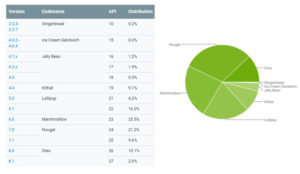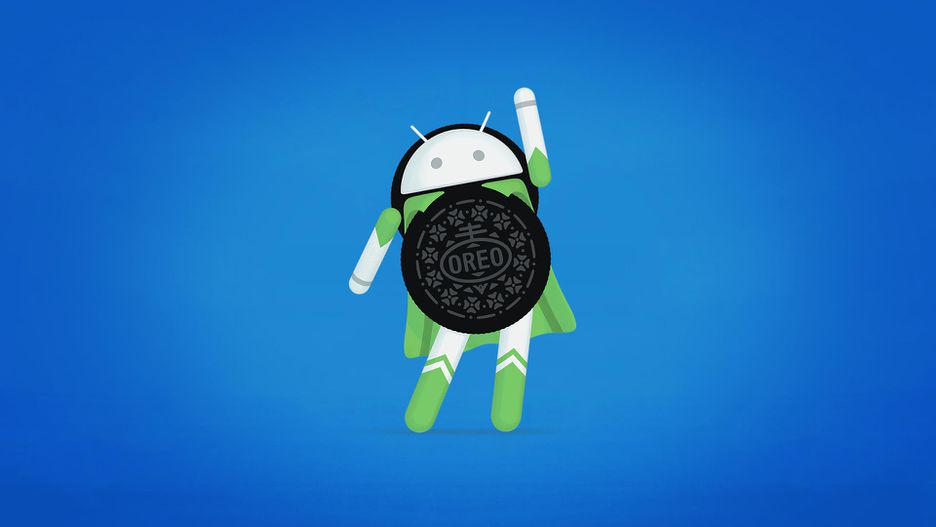Oreo: Coming Soon To A Phone Near You?
It’s been just over 10 months since Android’s newest version (Oreo) began rolling out to devices. Almost a year, so let’s take a second to see how it’s doing. Well…it may be performing really well in terms of quality, but quantity is lacking.
How bad are we talking?
Every month Google releases Android’s distribution numbers showing how many devices are running each version of their operation system, and according to July’s numbers this year Oreo is active on 12.1% of active devices. As a point of reference, that puts Oreo at the 4th place position behind Nougat, Marshmallow, and Lollipop. There’s no denying this is a pretty sluggish speed for rolling things out (but to be fair it’s 0.4% ahead of where Nougat was during it’s growth phase).
So the trends show that new Android versions typically take more than a year to become the most used release, but this begs the question of why? Oreo offers some pretty cool new features such as picture in picture app usage and notification channels. Apart from battery life there aren’t too many reasons user’s would want to avoid upgrading to the newly offered software. But the issue is that it’s not actually offered to all users. There have been rollout calendars following which phones have adopted Oreo since it’s release, and the list of devices has grown slowly up until this month.
It’s Not The User’s Fault
A large part of why device updates are so slow is how fragmented the Android market currently is. Manufacturers often won’t bother with updating older pieces of hardware because it takes time and energy on their part that isn’t being put towards everything new. The end result is user’s being left high and dry. Even some new devices are hesitant to adopt the new software until it’s tried and true. User’s are able to flash their devices and test out other softwares if they so desire, but it’s not exactly mainstream to do so (as cool as it is!)
 The bright side is that if you look at things over time they’re starting to ramp up exponentially. 5 months ago Oreo’s adoption rate was hovering around 1% (5 months after it’s release). Things were looking abysmal then even compared to other version’s growth rates, but thanks to a wave of updates this past month things are starting to look back on track.
The bright side is that if you look at things over time they’re starting to ramp up exponentially. 5 months ago Oreo’s adoption rate was hovering around 1% (5 months after it’s release). Things were looking abysmal then even compared to other version’s growth rates, but thanks to a wave of updates this past month things are starting to look back on track.
Statistics Aren’t Perfect
It’s also important to note that the Android Developer dashboard I linked above relies heavily on Google’s Play Store to collect its data. This means that not every device running a version of Android is actually being accounted for in these numbers. The Play Store currently isn’t available in China (A $35 billion/year app market to be missing), and there are a few other factors at play attributing to uncounted devices. All the same it’s clear that Oreo is at about the same speed of rolling out as Nougat was, and we’ll likely see it enter the top 3 within the next few months. I for one am already looking forward to Android P though 🙂
Have you gotten Oreo on your device yet? What are your thoughts on either it’s performance or it’s rollout speed? Let us know in the comments below!


Undecided need more time to play with